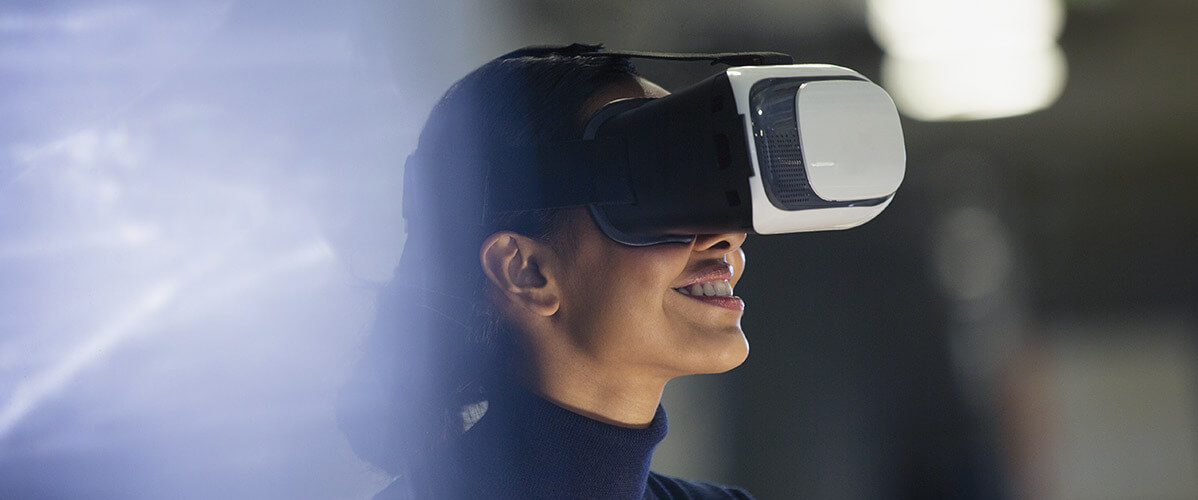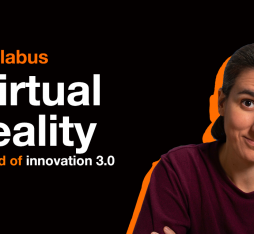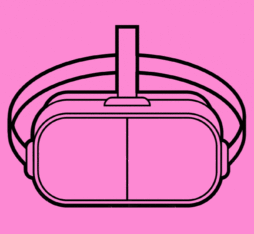“I believe we’re in the virtual world now more than the real world already. It’s just that our interface sucks.”
It was in August 2015. Time magazine headlined its monthly issue “Why virtual reality is about to change the world”, with a photo of Palmer Luckey, aged 22, young inventor of the Oculus Rift headsets, to whom Facebook built a golden bridge. Three years down the line, and the manufacturers are keeping a low profile. When questioned about these extravagant announcements, Mark Zuckerberg recently admitted: “I don’t think we can pull VR’s trajectory in from ten years to five. I just think it’s going to be a ten-year thing.”
This comes as no real surprise: before being massively adopted, all technologies seem to follow the same “Hype Cycle” theorized by Gartner – a peak of enormous attention for the first big announcements, which drops rapidly, creating a disillusion effect. This is where VR and AR are at now, the trough of the wave. As the technology improves and matures, the increase in popularity with consumers should take longer and be more chaotic, but also more solid.
Obstacle n°1: cumbersome devices
In this short anticipation film imagined as early as 2012, there is no need for glasses or a futuristic headset to evolve in augmented reality: the technology has been miniaturised to fit in a contact lens. In 2018, the challenge for AR and VR industries would rather be to make it bearable to wear connected objects that must have high computing power (90 images per second are necessary in a VR headset versus 60 for a traditional video game) all the while providing the best autonomy possible. And all that for a reasonable price… which remains a tall order in the current state of microprocessors and batteries. As summarized in June 2017 by Frédéric Conolo, product manager of startup MindMaze: “The algorithms and processes are there, we need consumer electronics to be able to provide this power.”.
Another priority for manufacturers: reducing the number of cables necessary to access VR – preferably via open standards so as not to add to market fragmentation. In the same way as VirtualLink, a project supported by NVIDIA, Valve, Oculus, AMD, and Microsoft, which aims to reduce the electrical connector of VR cables to one single USB-C port.
Obstacle n°2: the number of sensors
Virtual reality is first and foremost about sensors: the more of these a user wears, the better will be the retransmission of their movements in the virtual world. Here also, innovations are doing well. Whereas most headsets available on the market offered only three degrees of freedom (3DoF) – the ability to turn, nod, and tilt the head – the new generation 6DoF now adds body movements. All that remains therefore is to increase the number of sensors, which is what is being experimented by projects such as HoloSuit, a wireless and affordable full body motion capture suit, whose 36 sensors and 9 haptic feedback devices can be placed on the legs, arms, hands, or even on all ten fingers. The project has been over 120 % funded on Kickstarter and the first deliveries are planned for November 2018.
Obstacle n°3: the interfaces
“I believe we’re in the virtual world now more than the real world already. It’s just that our interface sucks”, Mark Bolas, a professor at the University of Southern California, confided to Time pointing to his telephone. It’s hard to contradict him: squinting at a smartphone screen or sweating inside a headset, we only get limited immersion. The device takes up a lot of space in our mind, which forces us to divide our attention into two worlds at once: the “real” one and the one opened by the application. The theorists of extended reality (XR), which groups together AR and VR, do however predict that “immersive computing” will take off as these interfaces get closer to the body – or even as our bodies themselves become the interface, as with this infrared light projected on a patient’s skin so as to see their veins.
Obstacle n°4: the cost and availability of consumer devices
Whilst we are still waiting for more flexible interfaces, the development of XR relies also on its capacity to embrace consumers’ current terminals and usages. When “premium” headsets cost nearly € 400 and lock early adopters into a sealed off technological environment, the decision to buy is difficult.
On the other hand, certain manufacturers have chosen accessibility – even if this means putting to one side part of XR’s potential. With a touch of humour, faced with Oculus Rift, Google presented… a simple cardboard headset, which held a smartphone in front of our eyes so we could benefit from all the technology already onboard our mobiles. The entrance ticket to VR thus drops to € 15. A philosophy also adopted by Orange in Europe with the VR2 headset associated with the Orange VR360 application for content, making VR accessible to all. Likewise, the most successful VR and AR applications aren’t necessarily the most technologically advanced, but those that have managed to make the most of already widespread devices and usages – like the Pokemon Go game for smartphones or Sony’s PSVR, whose resolution is lower than that of a smartphone but that managed to rely on the PlayStation network.
In the near future, exploiting the possibilities of new generation smartphones is therefore a promising route that is already being explored by a few pioneers, such as Lucid, a company that develops software enabling smartphones equipped with two cameras to capture panoramic 3D images including depth-of-field information.
Obstacle n°5: content and usages
Beyond the equipment, it is of course the experiences offered by XR that will spark consumer interest. With the current fragmentation of the market, content production is not encouraged because developers must transcribe their applications into the languages of the various manufacturers, and the market therefore appeals to a consumer niche, which is often already into a specific brand or technical environment.
Yet, an increase in the diversity and quality of content is well underway. Drawn by ever-faster broadband networks, AR and VR usages are opening up to collaborative experiences that bring users together remotely. Thus enabling us to imagine immersive games such as Holotennis, the Orange experiment that enabled tennis fans to teleport to Roland-Garros and play live against an opponent. Beyond play, “collaborative” XR carries its share of promises in the area of distance learning or that of telecommunications, to unite far-away collaborators in a virtual reality meeting, or bring a lone family member to the table for a get-together, shared in augmented reality.
Obstacle n°6: the human brain
In general, XR tries to “deceive our senses”, for example by providing our bodies with real stimuli within the scope of virtual situations. The ultimate stakes for the development of these technologies lie therefore with neuroscience and research on the human body – and in these areas, there is still a lot of work to be done. For example, we know today that the road to a perfect immersive experience is not without obstacles: like in robotics, total commitment of a subject to simulation can only be won above a certain level of quality that is difficult to reach, where the plausibility zone (a source of discomfort, as it gives an impression of strangeness) disappears and is replaced by a full and total feeling of authenticity. Just as the android capable of fooling us has not yet been invented, perfect VR immersion will no doubt have to wait for some research feats to be performed for these technologies to leave the “uncanny valley” and be as one with our brain!
In all areas, innovations continue therefore to improve AR and VR technologies. But we’ll have to remain patient. As pointed out by Mark Zuckerberg (Facebook): “The first smartphones came out in 2003 and we had to wait ten years to reach a billion units.”. And as Adam Rowe points out in Tech.co, they became “cool” just when the technology seemed both new enough, but also mature enough, to find a place in collective usages. In the same way, the golden age of XR is probably only waiting for a momentum where the technology will be new enough as well as “tried and tested”, for a swing to take place towards mass uptake of all the new usages envisaged these past few years.








